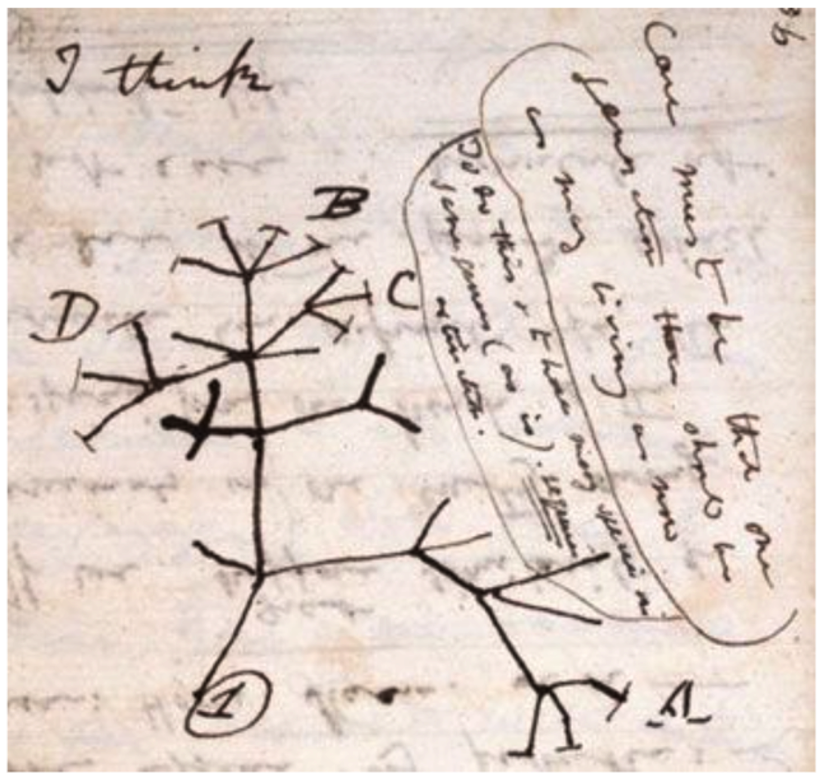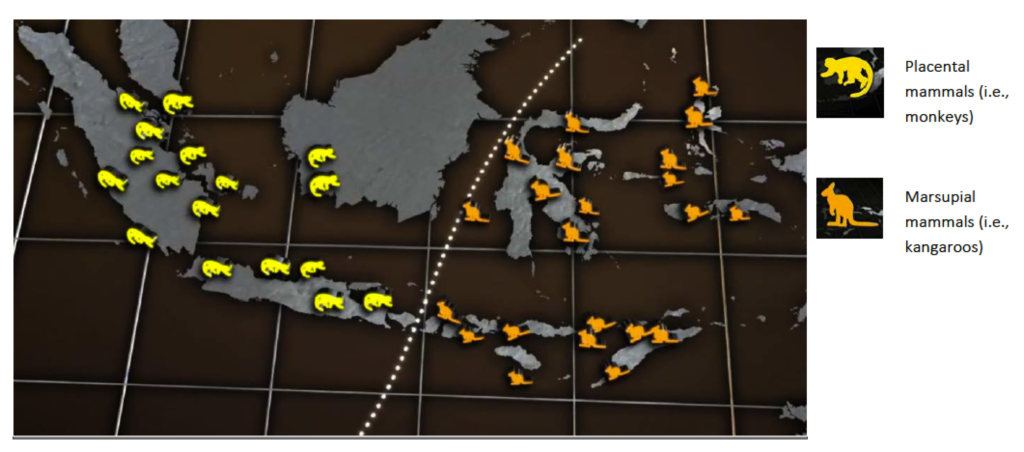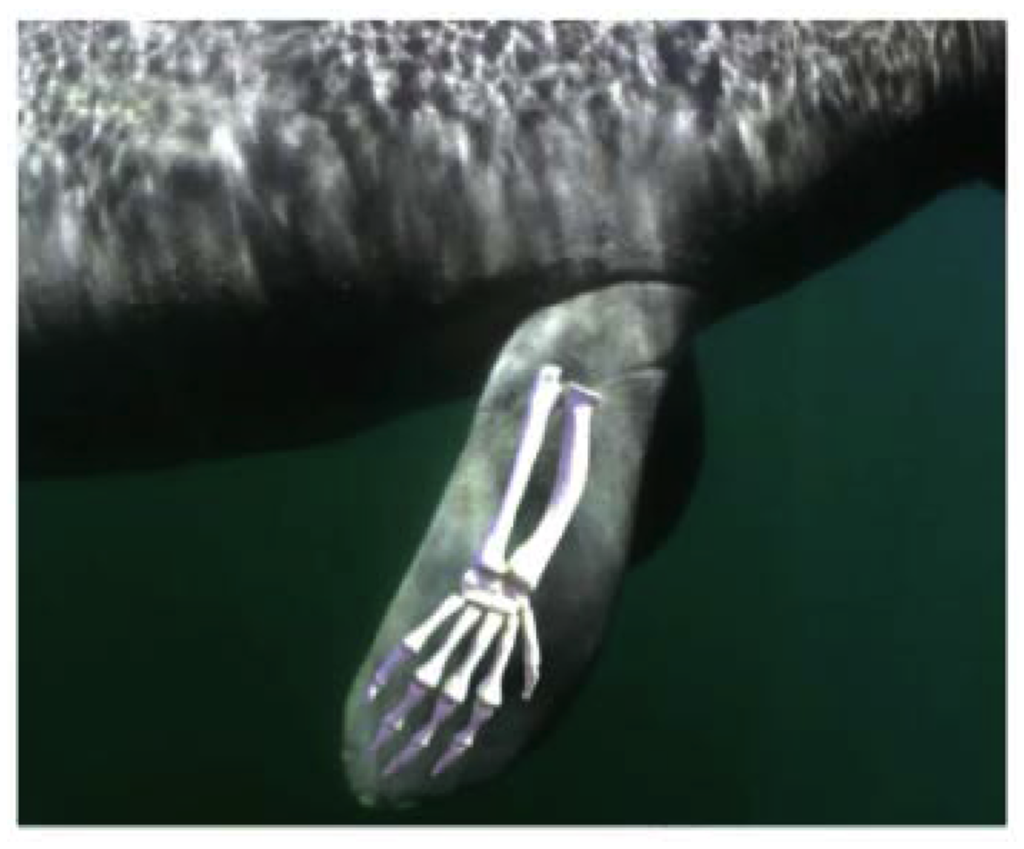Answer the following questions while viewing the short film about Charles Darwin and Alfred Russel Wallace, “Making of a Theory.”
1. One of Alfred Russel Wallace’s motivations to travel to South America and the Malay Archipelago collecting plants and animals was to sell his specimens to museums and collectors. What was Wallace’s other major motivation?
2. When Charles Darwin set sail on his five-year journey on the HMS Beagle, how did he (and most contemporary scientists) think all species had originated?
3. Darwin and Wallace both gathered a large number of observations and facts on which they based their theories. Which of the following types of evidence was NOT part of the evidence they gathered?
a. genetic evidence
b. fossil evidence
c. anatomical evidence
d. geographical distribution
4. What do the common patterns in the bones diagrammed below suggest about these different species?

a. These organisms are members of the same species.
b. The organisms existed at about the same point in time.
c. These organisms have exactly the same genes.
d. These organisms share a common ancestor.

5. The image at right is the famous “I think” sketch that appears in one of Darwin’s notebooks. In one or two sentences, explain what this sketch represents.
6. Which observations from the list below support the ideas presented in Darwin’s sketch? Select all statements that apply.
a. Tortoises from different islands of the Galápagos have different shells.
b. Fossils of extinct animals resemble animals living today.
c. Animals that are extinct were much larger than animals living today.
d. The Galápagos Islands have only a few species of animals living on them.
e. Mockingbirds on different islands of the Galápagos have different markings
7. What observation led Wallace to conclude that all species are connected in a tree of life?
a. Both the butterflies and the birds he studied had wings.
b. Around the globe, the more similar two species are, the closer to each other they tend to live.
c. Darwin had published the same ideas in On the Origin of Species.
d. Different species migrated from Australia to the islands of the Malay Archipelago.
8. Study the figure below showing the distribution of animals in the Malay Archipelago.

a. How does this distribution of animals support Wallace’s evolution theory?
b. From a geological perspective, how did Wallace explain why placental mammals were found west of the line, and marsupial mammals were found east of the line?

9. The image to the right shows the bones found within the flippers of manatees. Similar bones are found in the flippers of whales. What did Wallace conclude from observing these seemingly useless structures and others like them?
10. Which observations led Wallace to understand how species change over time? Select all the statements that apply.
a. Individuals with traits that give them a slight advantage over other individuals in a population will survive, and over time individuals with those traits will outnumber other individuals.
b. The characteristics of individuals change when their environment changes.
c. The same species are found in different parts of the world.
d. The traits in a population vary from one individual to the next.
e. Populations tend to produce more offspring in each generation than will survive.
Navigation
- Landing page: https://wendystjohn.summerlark.net/2021/04/19/w14-evolution/
- Making of a Theory: https://wendystjohn.summerlark.net/2020/10/25/evolution/
- Evidence for Evolution: https://wendystjohn.summerlark.net/2020/10/25/evidence-for-evolution/
- Great Transitions – Origins of Tetrapods: https://wendystjohn.summerlark.net/2020/10/25/great-transitions-the-origins-of-tetrapods/